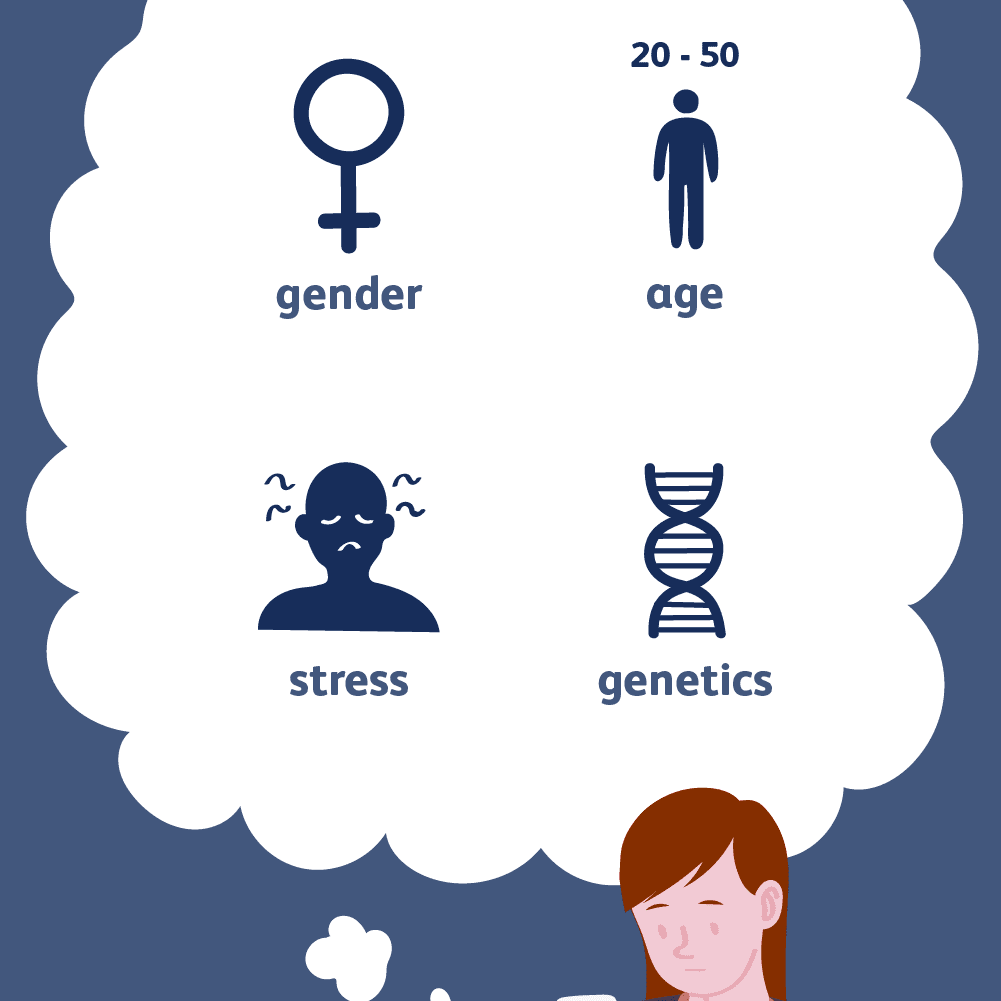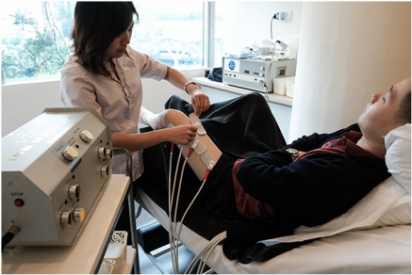Fibromyalgia
Fibromyalgia is perhaps one of the most common types of chronic pain disorders that affect a myriad of people. This condition is characterized by musculoskeletal pain, together with mood, memory, sleep and fatigue issues. According to dozens of studies and research conducted to manage this condition, fibromyalgia is believed to increase the pain sensations felt by tweaking the way your brain process and interpret pain signals.
When it comes to fibromyalgia, studies have shown that women suffer from this condition more than men. And yes, a lot of people who suffer from this condition also experience tension headaches, anxiety and depression, irritable bowel syndrome and other frustrating symptoms such as temporomandibular joint (TMJ) disorders.
Although there is currently no cure for this condition, there are a variety of medications that can help people living with fibromyalgia control the symptoms. More interestingly, relaxation technique, exercises and stress reduction methods can help people manage the symptoms of fibromyalgia.

Causes of fibromyalgia
While doctors have yet to discover the primary cause of fibromyalgia, many doctors believe that it involves a variety of factors working together. Some of these factors include genetics, infections, physical & emotional trauma and etc.

Why does it hurt so much?
Studies have shown that repeated cases of nerve stimulation results in changes in the brain processes of people with fibromyalgia. This change may include an increase in certain level of chemicals in the brain that triggers pain. More so, the brain’s pain receptors tend to develop a sort of memory for pain. This forces it to become sensitive and overreact to pain.
How Can Physical Therapy Help Relieve Fibromyalgia Pain?
While there is no known cure for fibromyalgia, physical therapy may help ease the symptoms of pain. It can also help reduce stiffness and fatigue. In addition to exercise, physical therapists use a wide range of resources — from deep tissue massage to ice and heat packs for hydrotherapy. With these tools, physical therapists can help people with fibromyalgia use their muscles, stretch for flexibility, and move their joints through range-of-motion exercises.


